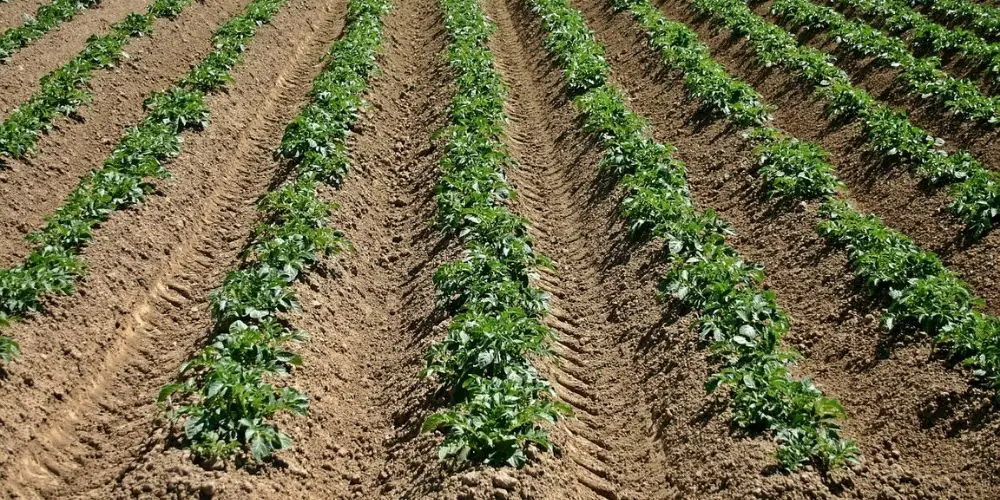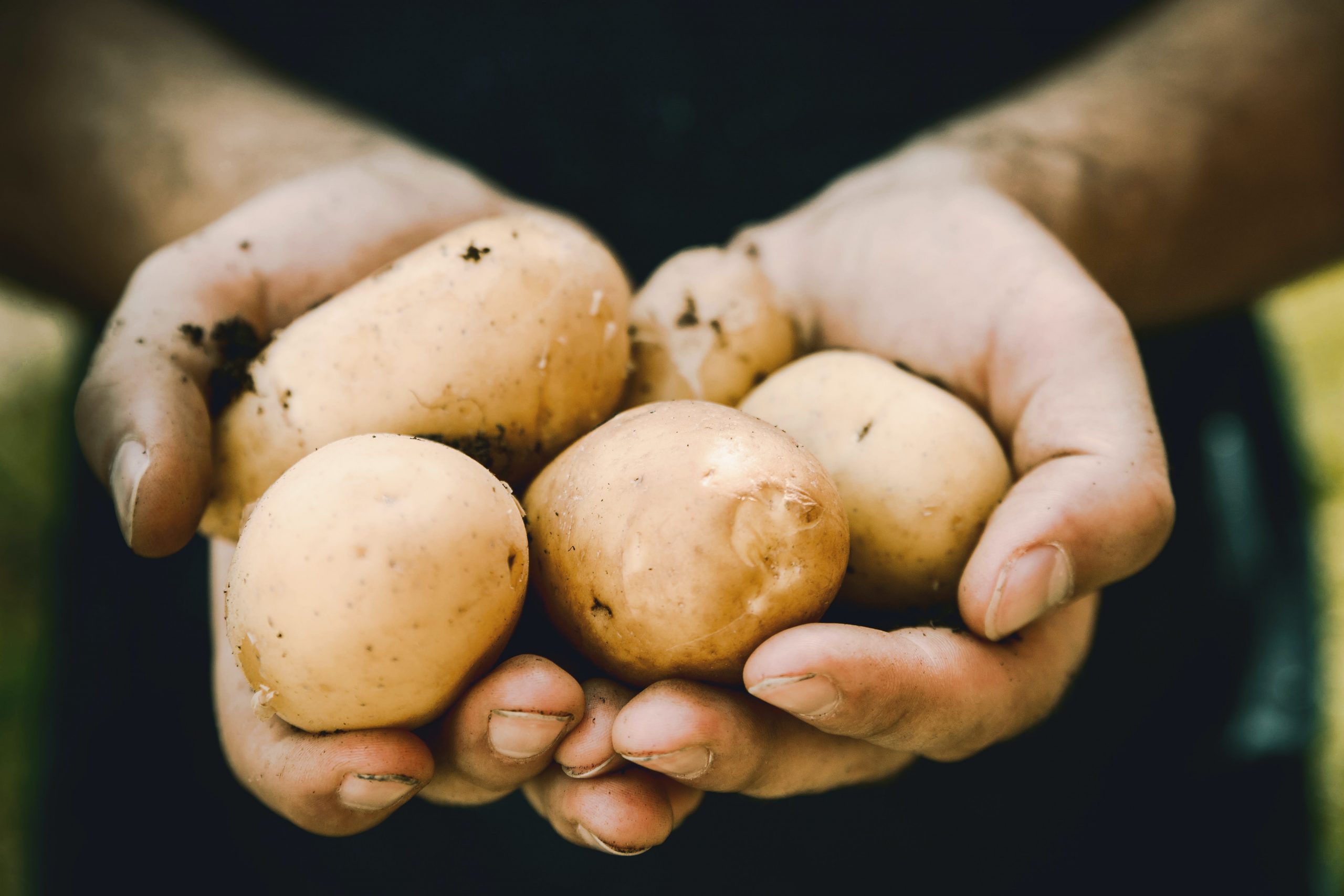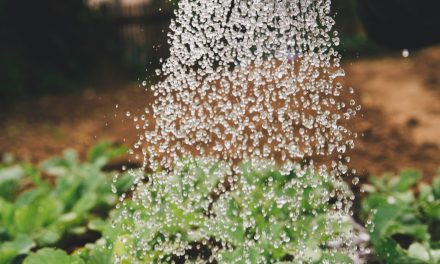Lettuce is an annual cultivated plant of the daisy family. It is cultivated as a leaf vegetable but sometimes for its stem and seeds.
Once the warm temperatures and long days of summer come, lettuce plants go to flower and bloom. After a few days, the blossom will fade, and the heads will turn yellow or brown. They produce a little parachute called puffs which spread and set seed. The seeds are at the bottom of a white puff.
What is the Lettuce favorable weather?
Lettuce grows best in cool weather and low temperature. They are adaptive to a cool climate with optimum temperatures ranging from 60 to 65 degrees Fahrenheit. Lettuce will grow sufficiently to maturity and produce seed. When temperatures are very high, like more than 80 degrees.
When does Lettuce bolt?
Bolting is the shifting of a plant from leafy growth to flower production. When vegetables like lettuce blot, they become bitter, leaves get small and tougher, making them inedible.
Lettuce mostly bolts when temperatures are high. Before it flowers, lettuce will show a few signs, which indicate it’s about to bolt. The epicenter of the lettuce plant will grow tall, and the flower shoot will be formed. The sweet-flavored leaves will suddenly turn bitter, making them unpalatable.
The lettuce leaves also may toughen up. Since lettuce is self-pollinated, the bolted plant then pollinates itself and then wilts.
Reaping and Storing Lettuce Seeds
Harvesting lettuce seeds is very simple and does not consume a lot of time. It is recommended to do the reaping on a calm day to avoid blowing away as they are very light. Simple and easy steps to harvest lettuce seeds are:
- Use a collecting container like a bowl or a small bucket.
- Pinch out the puff gently and then pull the seed out.
- Put the seed into the container slowly and carefully not to be blown away by the wind.
- Take the seeds inside and separate them from trash and debris.
- After you have removed the chaff, the seeds are ready to store.
The small chaffs will not affect the storage, so make sure you remove the larger debris and chaff.
Before storing the seeds, you need to dry them to avoid any potential molding. The seeds are dried by placing them on a dry open surface where there is air to dry. Don’t place them in a windy place to avoid blowing away. When lettuce seeds are dry, you can plant them immediately or store them for future use.
If the seeds are not planted directly, you can store them in an envelope or pocket sheets and keep them in a dry, cool place. The gardener can save Lettuce seeds for more than three years. Storing them one to two years is recommended for stashing fresh and best results of your lettuce.
When is a Good Time to Start Germinating and Growing Lettuce Seeds

After the Lettuce seeds have been dried, the gardener can now plant them. Lettuce plants are stored till summer because they can germinate well. Lettuce seeds mainly germinate the soil temperature of around 40 degrees Fahrenheit. The seeds cannot sprout at a high of above 80 degrees F. The ideal temperature to grow lettuce is in cool weather.
Few varieties are more heat-tolerant and are open-pollinated. The seeds need to be soaked for about 16 hours before planting in a well-lit area to upsurge germination. Soaking lettuce seeds in the dark in warm conditions decreases their sprouting rate. Soaking the seed for lesser hours will have no positive impact on germination. The seedling may take around four to five weeks before they are ready for transplant. The gardener should reduce irrigation of the plant to be transplanted like a week before to harden them.
Lettuce from the seeds can be planted directly into the main field or left to grow in a nursery bed and transplanted after. Once the plants are transplanted, they can take about 45 to 130 days to mature. The variety, the ecological conditions, and the purpose of the lettuce determine the stage of harvest maturity. Lettuce grown for consumption is not left to grow for long because the leaves will be bitter. Some lettuce is left to bolt and produce seeds that can be used in the next season.
- Does Lavendar come back every year?
- Does Basil come back every year?
- Does hilling or mounding potatoes increase yield?
Why grow lettuce?
Lettuce has edible leaves that are primarily used as salad. But you can also use it to make sandwiches and wraps. There are four commonly known types of lettuce, looseleaf, butterhead, iceberg, and romaine. Some varieties are eaten fresh, while others can be cooked or grilled. Lettuce is a low temperature crop that grows in cold weather. Lettuce nears maturity when temperatures are high, that is, in summer times. Most lettuce varieties take 45 to 55 days to mature although other types like romaine and crisphead take more days to mature.
Conclusion
Lettuce is used in so many dishes. It is common in any store you go to and for the most part it cheaper than your other veggies. The cycle that the lettuce undergoes from the seeding to going to seed. When planting lettuce, check the temperature and the maturity checked to get the best out of it. Lettuce needs enough water, mainly when grown in warmer weather.
Leaf-head and butter-head are the commonly grown types of lettuce. Some varieties are very difficult to ship, and they can only be grown in a market garden. The crisphead is known for its adoption to a long-distance shipment that is why it is popular in the market in warm areas.
Open-pollinated varieties of lettuce seeds are genetically diverted, giving them room to adapt to the specific growing condition.
In contrast, an heirloom is an original variety passed from age to age. Hybrid seeds of lettuce vegetables are not typical, and they are risky to store because there is no guarantee they will produce that same plant.
Lettuce goes to seed when the temperatures are high and attained maturity in favorable ecological conditions.















